Building a relationship with a cat who has faced trauma can be a deeply rewarding journey, filled with moments of heartwarming breakthroughs and gentle companionship. Cats, much like humans, carry their past experiences with them, and these can shape their behavior and trust levels. Imagine the joy of seeing a once fearful cat slowly emerge from its shell, trusting you as its friend and protector. This guide aims to provide insightful and compassionate steps to help you forge a meaningful bond with a traumatized feline.
Understanding the Nature of Trauma in Cats
Cats can experience trauma from a variety of circumstances, such as neglect, abuse, abandonment, or even a significant change in their environment. Trauma can manifest in behaviors like aggression, hiding, or excessive grooming. Understanding that these responses are not personal but rather a result of past experiences is crucial. Much like humans, cats need time to heal and adjust. Knowing the signs of trauma can help you be more patient and empathetic in your approach to building trust.
Creating a Safe Space
A safe environment is the cornerstone of helping a traumatized cat heal. Designate a quiet, comfortable space in your home where the cat can retreat whenever it feels overwhelmed. This could be a cozy corner with a soft blanket and some of their favorite toys. Safety is paramount, as it allows the cat to relax and feel secure. Like a comforting hug, a safe space reassures the cat that it has a place where it can be at ease.
Patience is Key
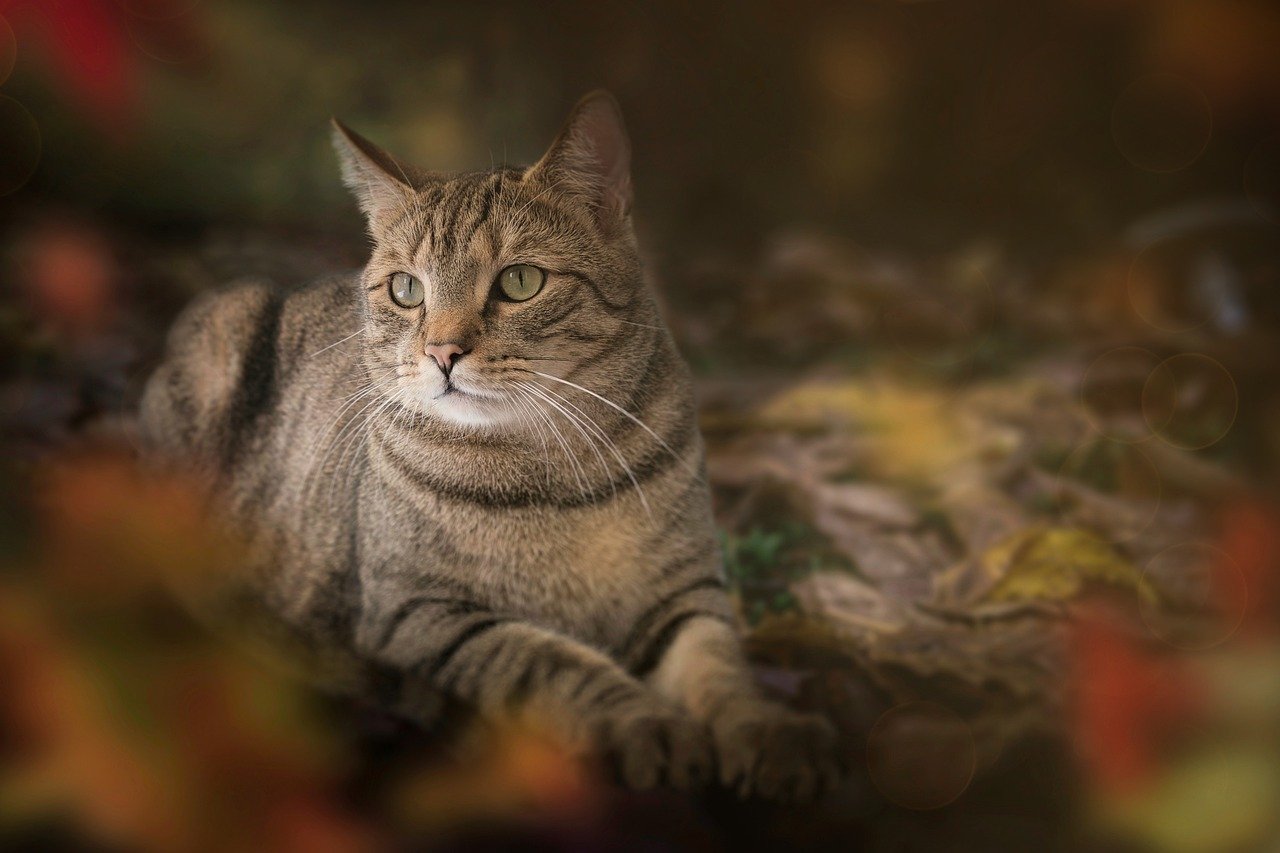
Patience is perhaps the most important virtue when dealing with a traumatized cat. These cats need time to process their surroundings and learn that they are no longer in danger. Rushing the process can lead to setbacks, so it’s important to allow the cat to approach you at its own pace. Every small step forward, whether it’s a curious glance or a tentative sniff, is a victory. Think of it like watching a flower bloom; it takes time, but the result is beautiful.
Establishing a Routine
Cats thrive on routine, and this is particularly true for those who have experienced trauma. Regular feeding times, play sessions, and quiet periods can provide a reassuring structure. Routine helps a cat predict what will happen next, reducing anxiety and building trust. It’s like setting a clock that tells the cat everything is normal and okay. Consistency in your actions can be a comforting presence in the cat’s life.
Using Positive Reinforcement
Positive reinforcement is a powerful tool in gaining a cat’s trust. Rewarding the cat with treats or affection when it exhibits positive behavior can encourage it to continue. This method reinforces the idea that good things happen when the cat interacts with you. It’s akin to giving a child a gold star for good behavior—simple, yet effective. The key is to be consistent and genuine in your praise.
Understanding Body Language
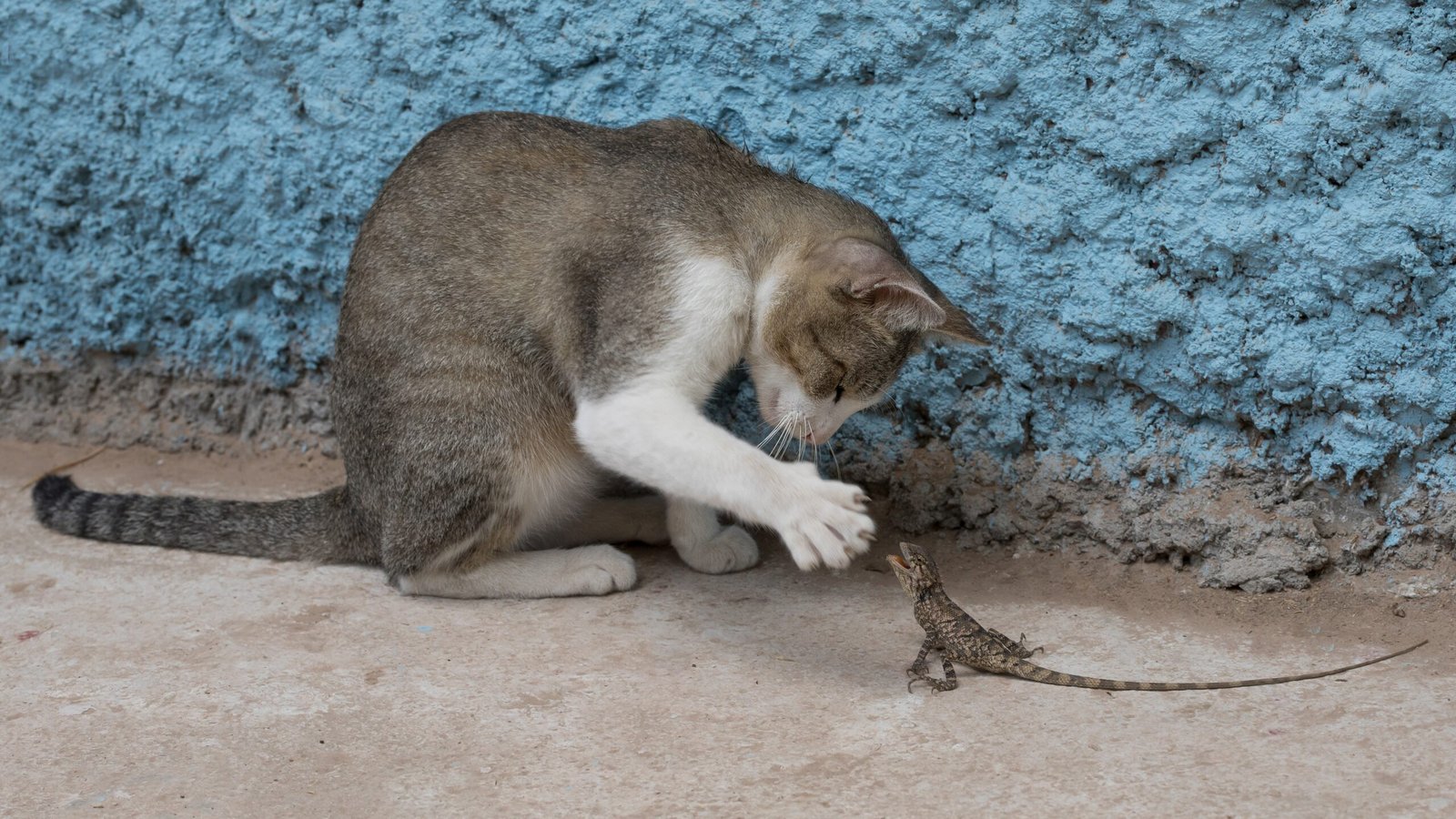
Cats communicate a lot through their body language, and being able to read these signals is crucial. Watch for signs like tail position, ear orientation, and eye movement. A cat with a relaxed tail and ears facing forward is likely feeling comfortable. Conversely, a puffed-up tail or flattened ears indicate fear or aggression. Understanding these cues can help you respond appropriately, ensuring the cat feels understood and respected.
Gentle Playtime
Play is an excellent way to bond with a cat, even one that’s been through trauma. Using toys like feather wands or laser pointers can encourage the cat to engage without feeling threatened. Playtime can be a stress reliever and a way to build positive associations with you. It’s like inviting the cat to a dance, where every move is a step towards trust and friendship.
Speaking Softly and Calmly
Your tone of voice can greatly impact how a cat perceives you. Speaking softly and calmly can reassure the cat that you are not a threat. Avoid loud noises or sudden movements, as these can startle a traumatized cat. Think of your voice as a gentle lullaby, soothing and comforting. Over time, the cat will associate your voice with safety and calmness.
Respecting Personal Space
Just like people, cats need their personal space, especially if they’ve been through trauma. Avoid forcing interaction or picking up the cat against its will. Allow the cat to come to you when it’s ready. Respecting its space shows that you acknowledge its boundaries. It’s like giving someone room to breathe, allowing them to feel more at ease in your presence.
Offering Comfort Through Touch

Once the cat begins to trust you, gentle touch can be a powerful tool for bonding. Start with light strokes on areas the cat seems comfortable with, like the head or back. Pay attention to the cat’s reactions and stop if it seems uncomfortable. Touch can be a healing experience, much like a reassuring pat on the back from a friend. It can communicate love and care in ways words cannot.
Providing Mental Stimulation
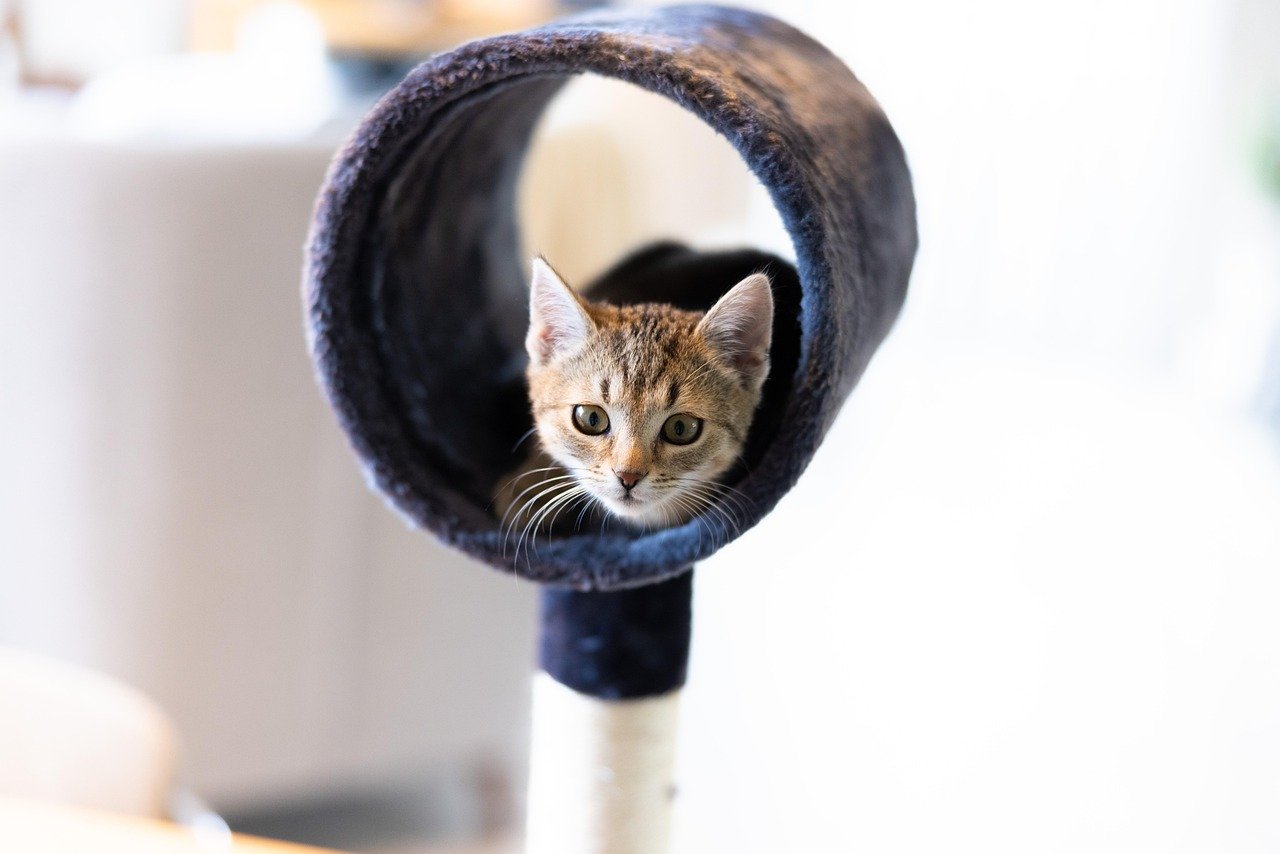
Mental stimulation is essential for a cat’s well-being, particularly for those overcoming trauma. Puzzle toys, interactive feeders, and new experiences can keep a cat’s mind active and engaged. This not only distracts from negative memories but also builds confidence. It’s like giving the cat a puzzle to solve, offering both entertainment and a sense of accomplishment.
Introducing New Experiences Gradually
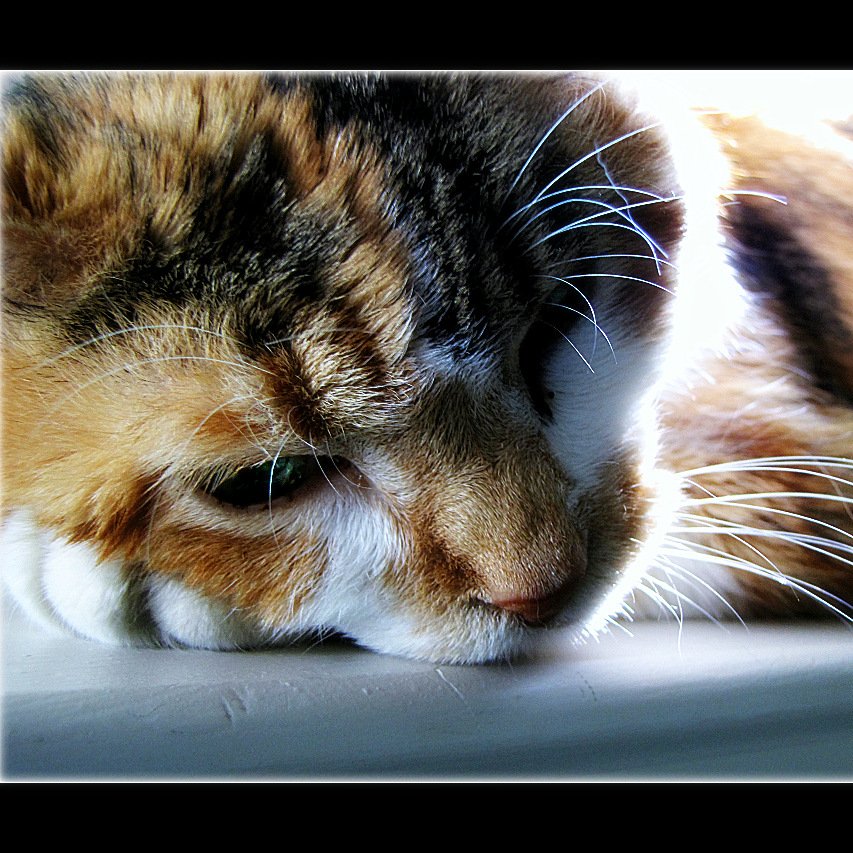
Introducing a traumatized cat to new experiences should be a gradual process. Whether it’s meeting new people or exploring different areas of the home, take it slow. Allow the cat to adjust at its own pace, ensuring it doesn’t feel overwhelmed. Think of it as dipping a toe into water; small, cautious steps can lead to greater comfort and exploration.
Building Trust Through Consistency

Consistency in your actions and behavior is vital in building trust. Cats are creatures of habit, and knowing what to expect from you can be very comforting. Whether it’s feeding times, play sessions, or bedtime routines, consistency helps the cat feel secure. It’s like being a reliable friend, always there when needed, never unpredictable.
Understanding Triggers

Understanding what triggers fear or anxiety in a traumatized cat is essential. These triggers could be certain noises, objects, or even people. Identifying them allows you to minimize exposure and help the cat feel safer. It’s like knowing a friend’s fears and doing your best to avoid them, showing empathy and understanding.
Seeking Professional Help
Sometimes, despite your best efforts, a traumatized cat may need professional help. Animal behaviorists or veterinarians can offer insights and strategies to help your cat heal. Seeking expert advice is not admitting defeat but rather taking a proactive step in the cat’s recovery. It’s like consulting a specialist to ensure the best care and support.
Using Calming Aids

Calming aids, such as pheromone diffusers or calming collars, can help reduce anxiety in traumatized cats. These products mimic natural calming signals, helping the cat feel more relaxed. They are not a cure but can be a helpful addition to other bonding strategies. Think of them as a warm blanket on a cold day, providing comfort and reassurance.
Encouraging Socialization
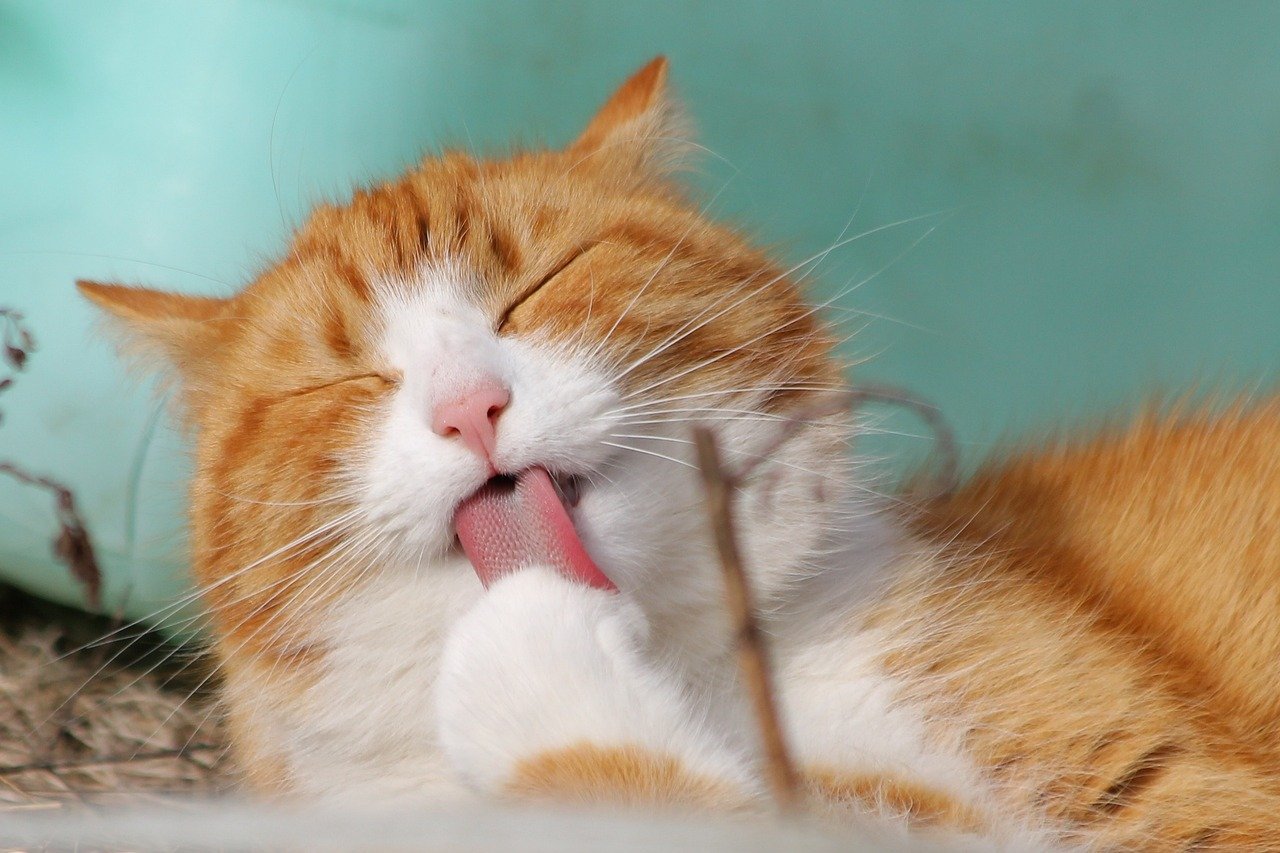
Socialization is important for a cat’s emotional health, even if it’s been through trauma. Gradually introducing the cat to new people and pets can help it become more comfortable in various situations. Socialization should be a positive experience, building confidence and reducing fear. It’s like expanding the cat’s world, one friendly face at a time.
Celebrating Small Victories
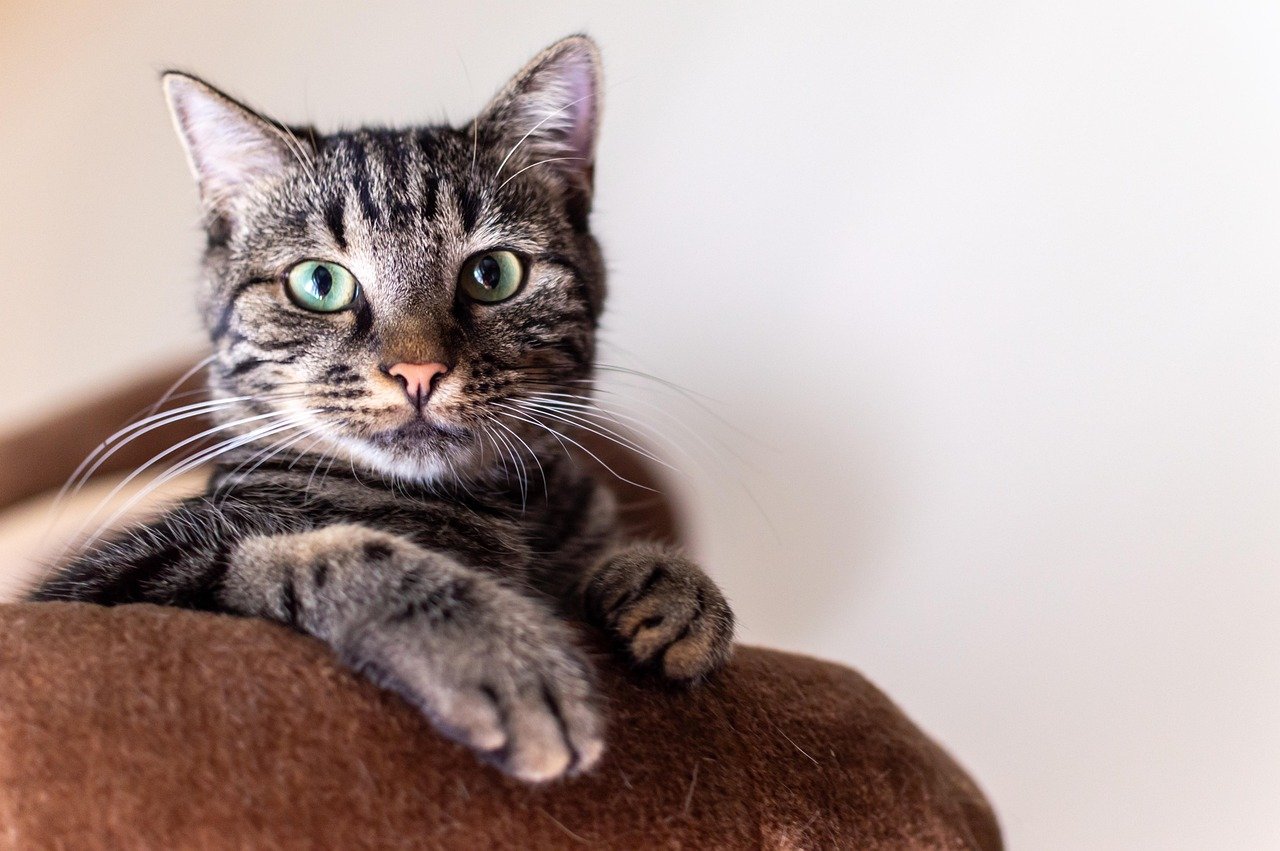
Every small step forward is a victory worth celebrating. Whether it’s the cat coming out of hiding or accepting a treat from your hand, acknowledge these moments. Celebrating these achievements reinforces positive behavior and boosts the cat’s confidence. It’s like cheering for a friend who has overcome a challenge, encouraging them to keep going.
Maintaining Realistic Expectations
It’s important to maintain realistic expectations when bonding with a traumatized cat. Progress may be slow, and there may be setbacks along the way. Accepting that the journey will take time and patience is crucial. It’s like understanding that healing is a marathon, not a sprint, and every step forward is progress.
Conclusion: A Journey Worth Taking

Building a bond with a cat that has experienced trauma is a journey filled with challenges and triumphs. It’s about patience, empathy, and understanding, creating a relationship built on trust and love. The reward of seeing a once fearful cat find comfort and happiness in your presence is immeasurable. So, are you ready to embark on this heartwarming journey?
Hi, I’m Bola, a passionate writer and creative strategist with a knack for crafting compelling content that educates, inspires, and connects. Over the years, I’ve honed my skills across various writing fields, including content creation, copywriting, online course development, and video scriptwriting.
When I’m not at my desk, you’ll find me exploring new ideas, reading books, or brainstorming creative ways to solve challenges. I believe that words have the power to transform, and I’m here to help you leverage that power for success.
Thanks for stopping by, Keep coming to this website to checkout new articles form me. You’d always love it!





